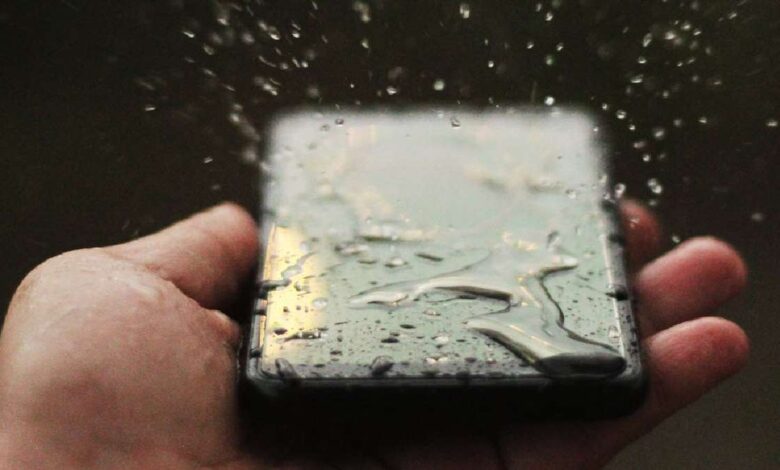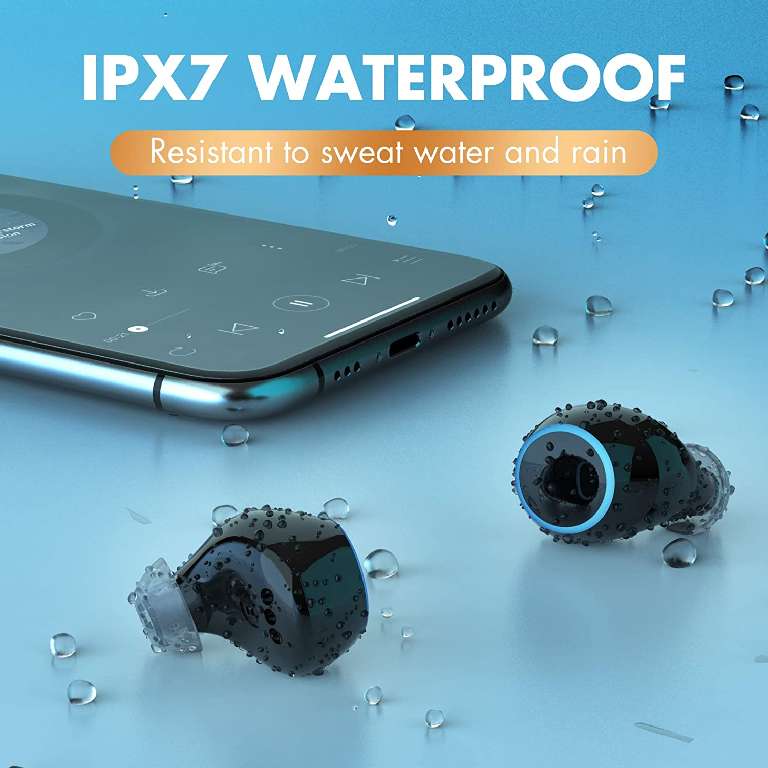IPX7 — What Is It? Is It Waterproof And Submersible?

Is IPX7 enough to protect your phone from any exposure to water? We tell you in detail below.
If you’re thinking of buying a new Bluetooth speaker, headset, GPS, or some other gadget, you may have come across IPX7 among its specifications without knowing what it can do for your device.
Or if you already have an idea of what this IP code is all about, you might be interested to know how much protection a 7 rating can give a mobile device against water. In either case, we’ll explain in detail what IPX7 is and what degree of real resistance a device with this feature can offer you.
IPX7: WHAT IS IT?
You’ve probably seen these acronyms more than once in the specifications of mobiles and other devices… IP67, IP58, IPX6, etc.
What does IP stand for and why do the numbers vary? Simply put, IP (Ingress Protection) is a certification that specifies the degree of protection a device offers against dust and water.
As you can see in the picture, the first number expresses the level of protection against dust, and the second number expresses the resistance against water. So, although they are shown in the same code, they are independent values.
In the case of water, the scale for measuring water-resistance goes from 0 to 8 under IP certification. And for dust resistance, 0 to 6. Of course, the higher the number, the higher the degree of protection.
So when you see IP58, IP67, IPX7, among others, in a device’s specifications, it’s telling you the level of protection it provides against dust and water.

IPX7: IS IT WATERPROOF AND SUBMERSIBLE?
Remember what we explained about the numbers following IP? The first for dust, the second for water. So if we find a device with IPX7 (or in the specifications, it says: IPX7 Waterproof ) we would see that it doesn’t have a rating that certifies that it offers some kind of protection against dust, but it does offer protection against water.
Further, IP X7 immersion testing is defined as immersion in up to one meter of water. The IPX7 waterproofness test using IP Testing Equipment requirement is that the ingress of water is not considered to be in harmful quantities. This determination is made when the enclosure is immersed in water under defined conditions of pressure and time.
If you look at the table, you’ll see that it has a waterproof rating that withstands submersion to a depth of 1 meter for 30 minutes. But don’t take this too literally, as that protection is not guaranteed in all cases, as it depends on many factors, such as water pressure, the current state of the device, etc.
| IP degree of protection against water | |
|---|---|
| 0 | It doesn’t provide any protection. |
| 1 | Provides protection against ingress of vertically falling dripping water |
| 2 | Protection Against Water Drops with up to 15 ° inclination |
| 3 | Spray water protection |
| 4 | Protected against splashing water from any direction |
| 5 | Protection against low-pressure water jets |
| 6 | Protection against powerful water jets |
| 7 | Protected against complete immersion in water (at a depth of one meter for 30 minutes) |
| 9 | Complete and continuous immersion in water (as specified by the manufacturer). |
So while the device might survive drizzle, splashes, or accidental immersion in water for a very short time, you can’t treat it as if it’s waterproof and submersible. And of course, it is never advisable to expose them to such situations.
DETAILS TO CONSIDER
One detail to keep in mind is that while a water resistance rating of 7 is high, it is not cumulative with the previous protections (1 to 6), as each level of resistance takes into account different scenarios.
So while it can withstand the effects of submersion, you can’t, for example, put the device under running water to wash it. Unless it has an IPX5/7 certification like Sony’s sports headphones which allows for this degree of exposure.
So it is important that you check what the manufacturer says about the application of this IPX7 rating on their device. For example, Garmin has several models of GPS with IPX7, and so that there is no doubt about the degree of protection it offers, it has a page dedicated to explaining what each of the ratings supports.
If you take a look at that page, you’ll see that it says that an IPX7 rating on its products supports “splash, rain, snow or drizzle”, but it also mentions that there are other details to consider. Another example is Apple with its iPhone 7 waterproof rating. If you take a look at the fine print, you will find that it stresses that this protection is not a permanent condition and that there are several factors that can lower the level of water resistance.
So while IPX7 is a high water resistance rating, and can save you from a big headache if you get careless, it is far from offering absolute protection to a device. And above all, be aware of what the device manufacturer determines.